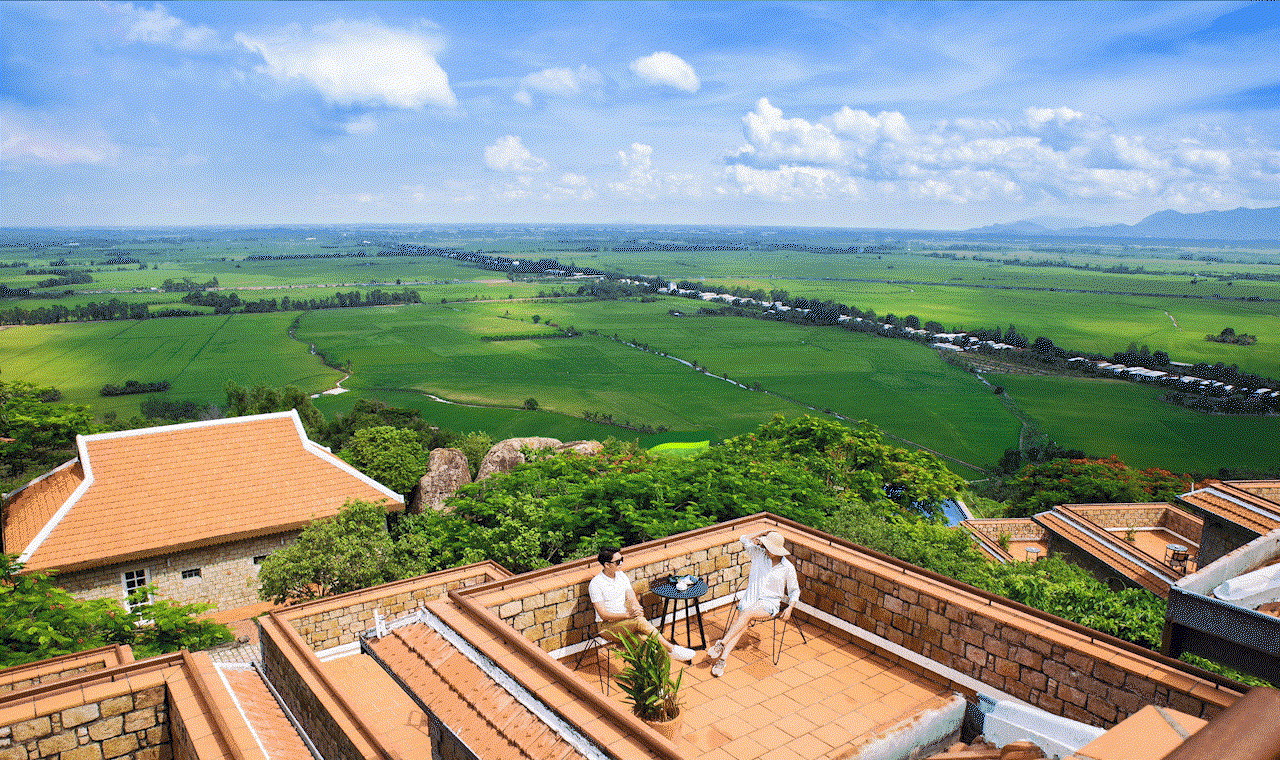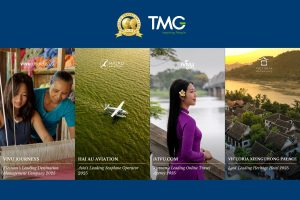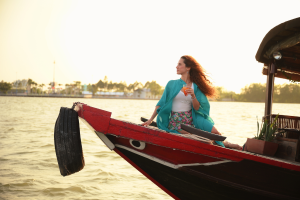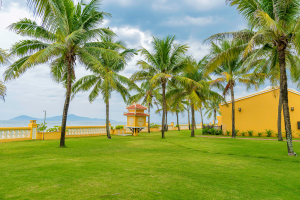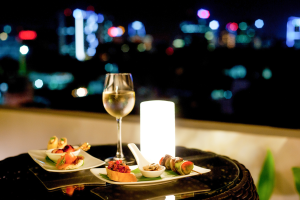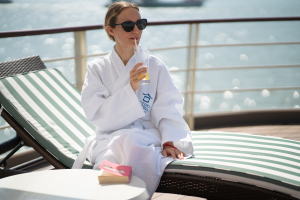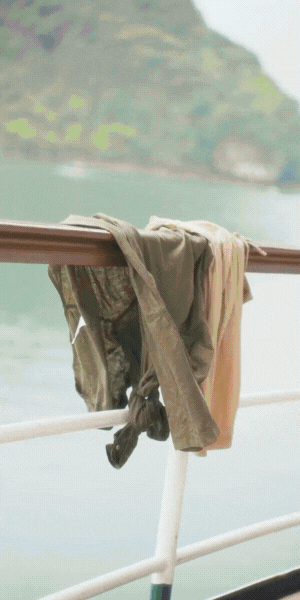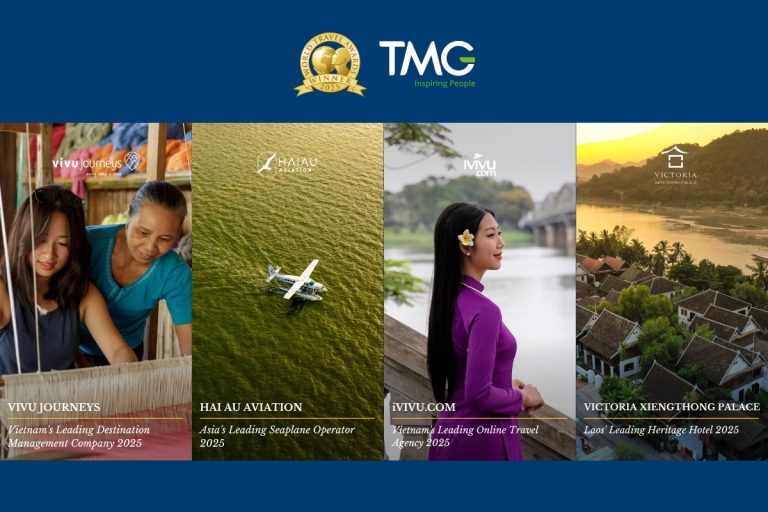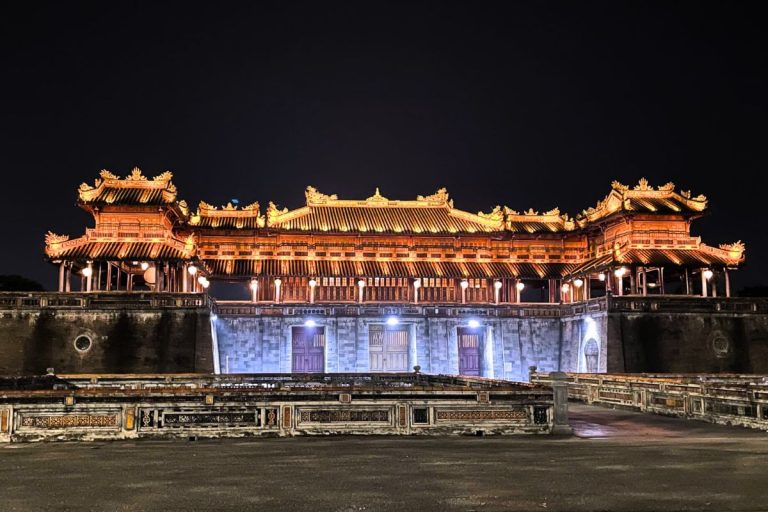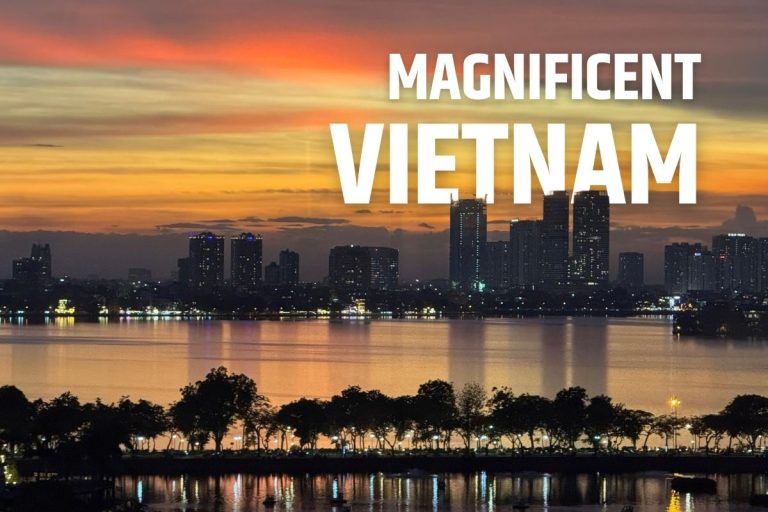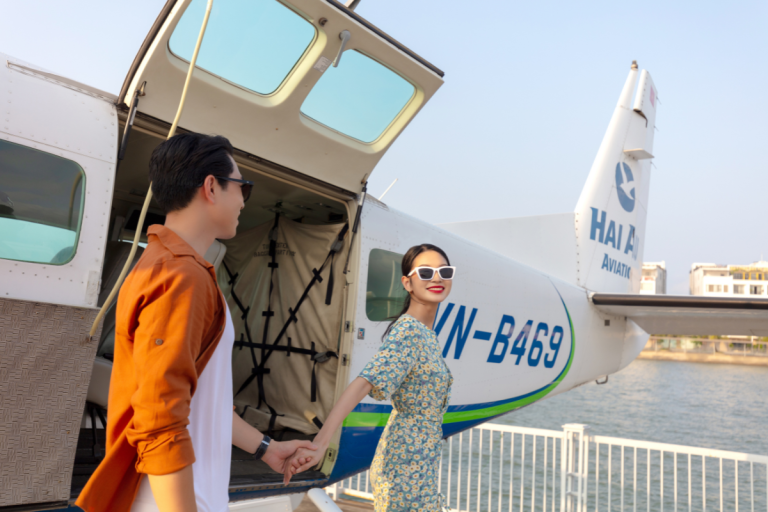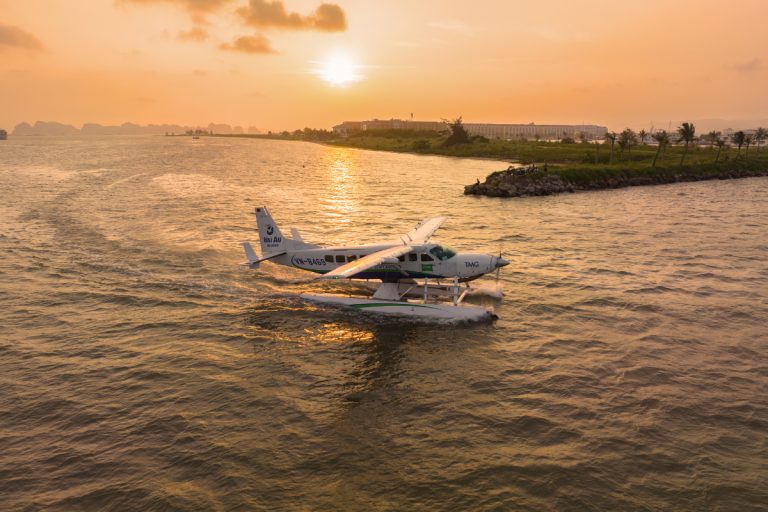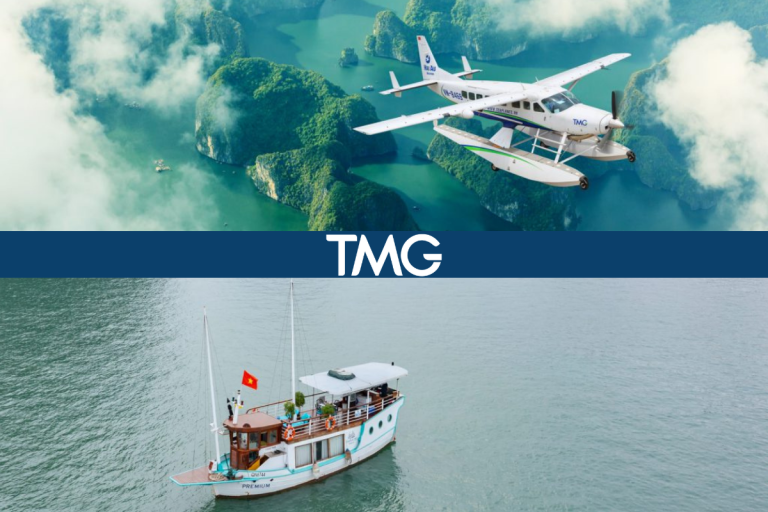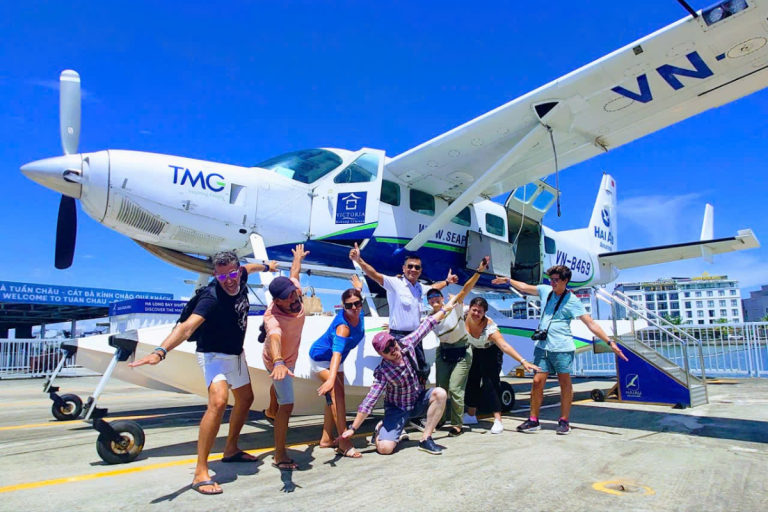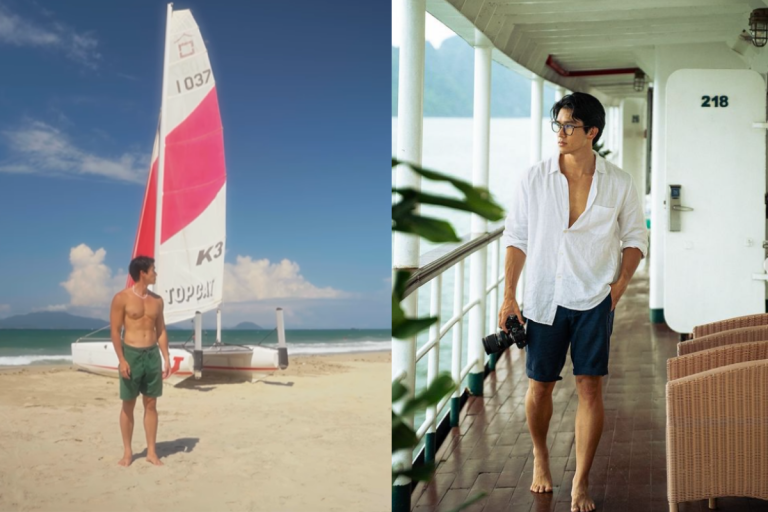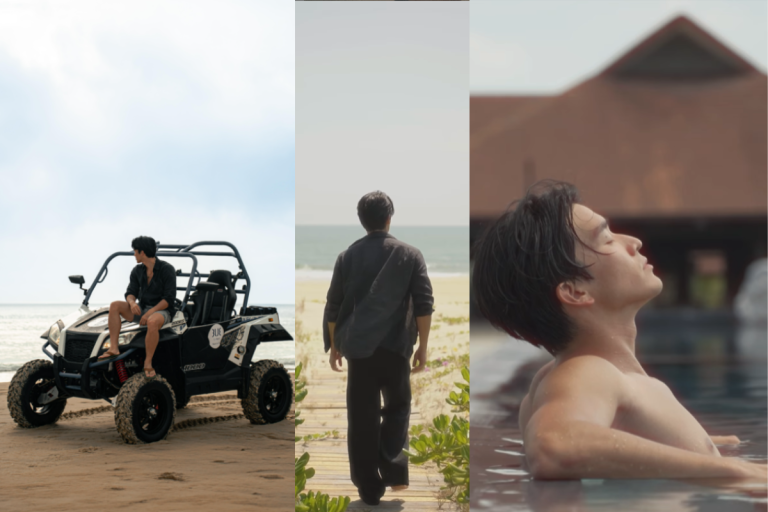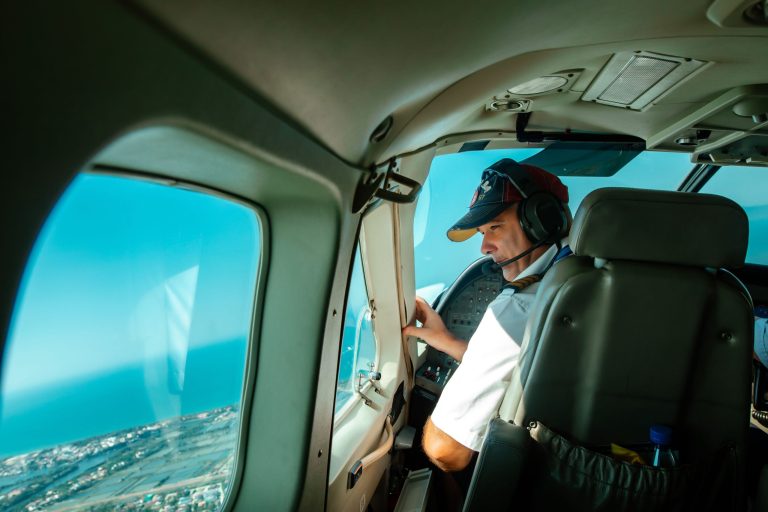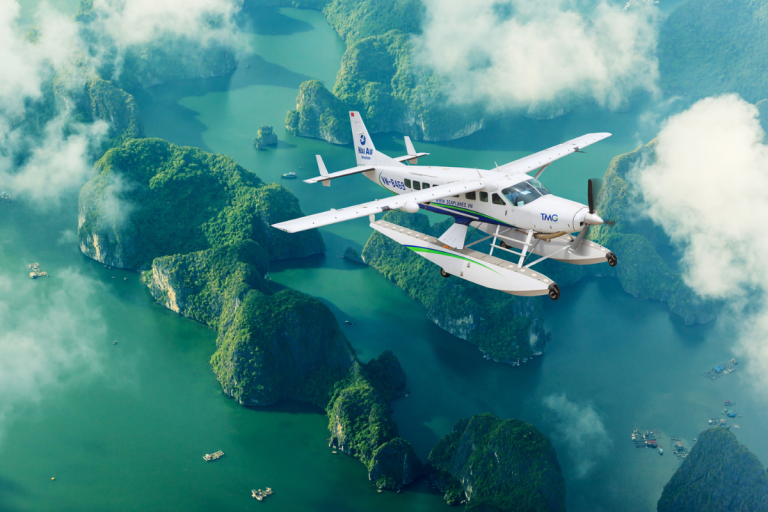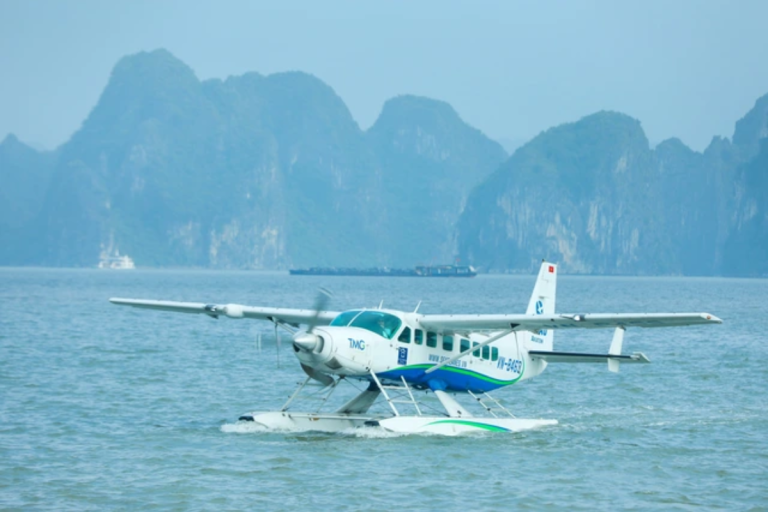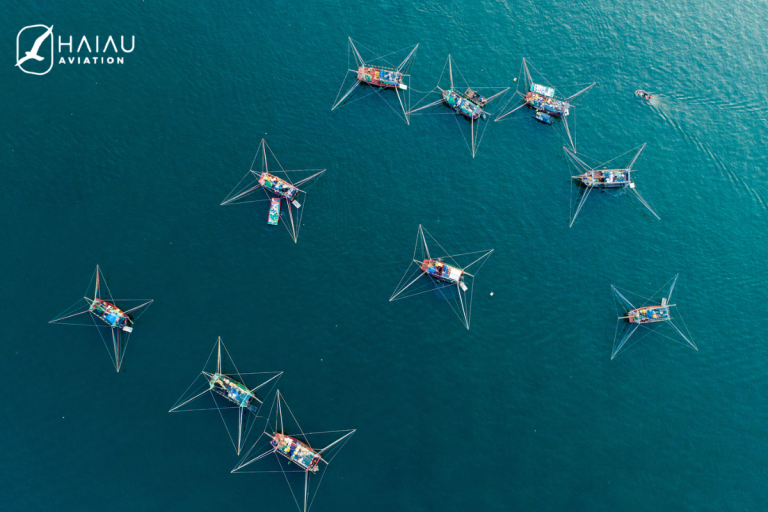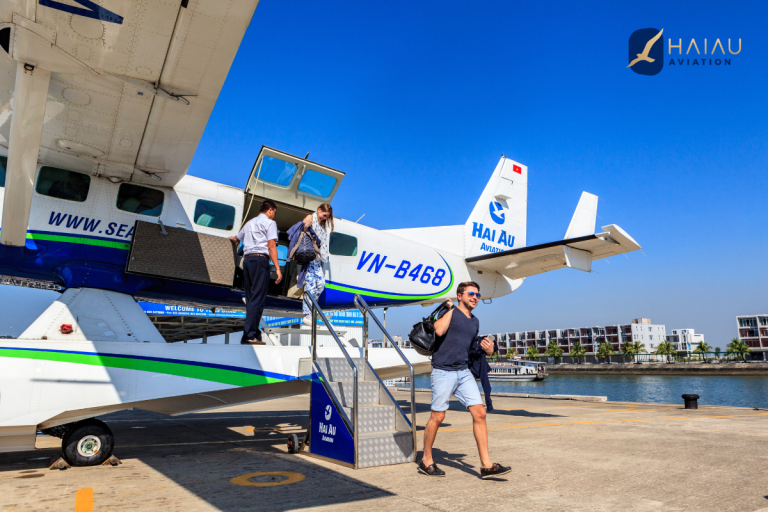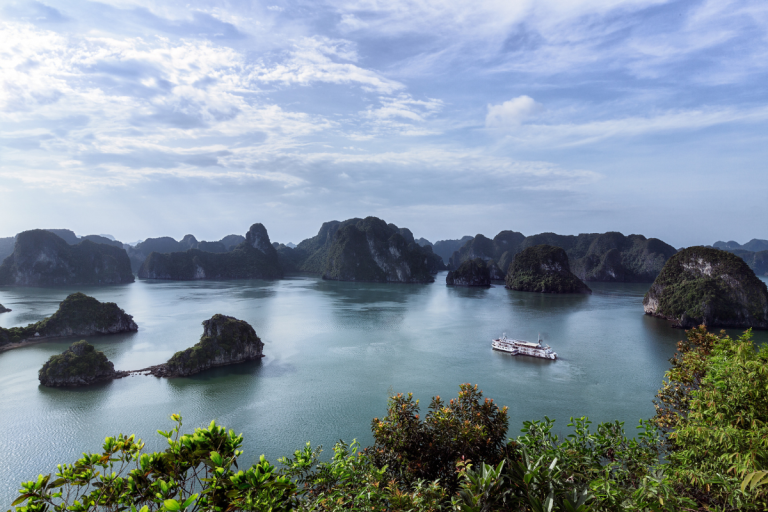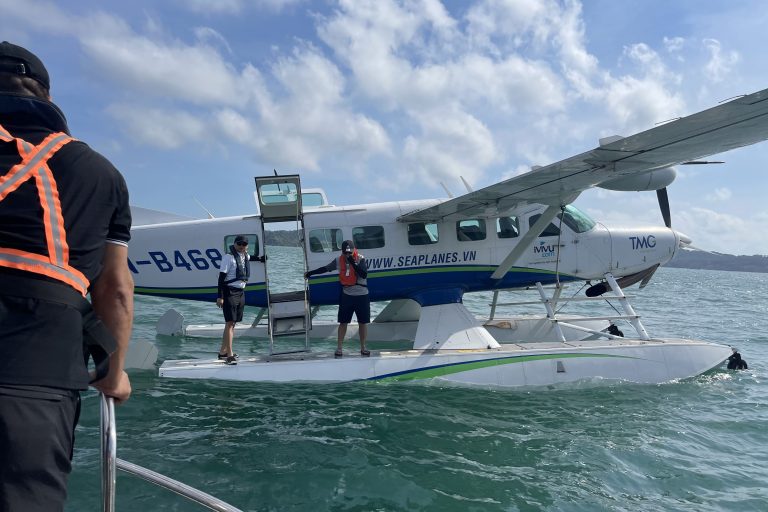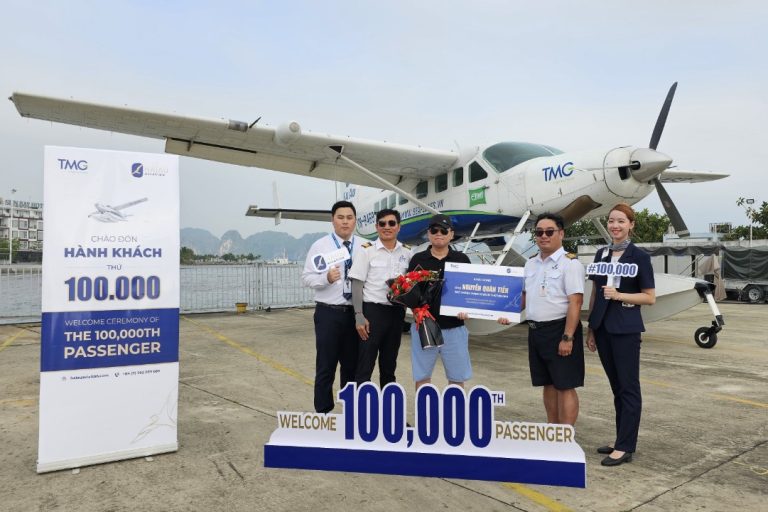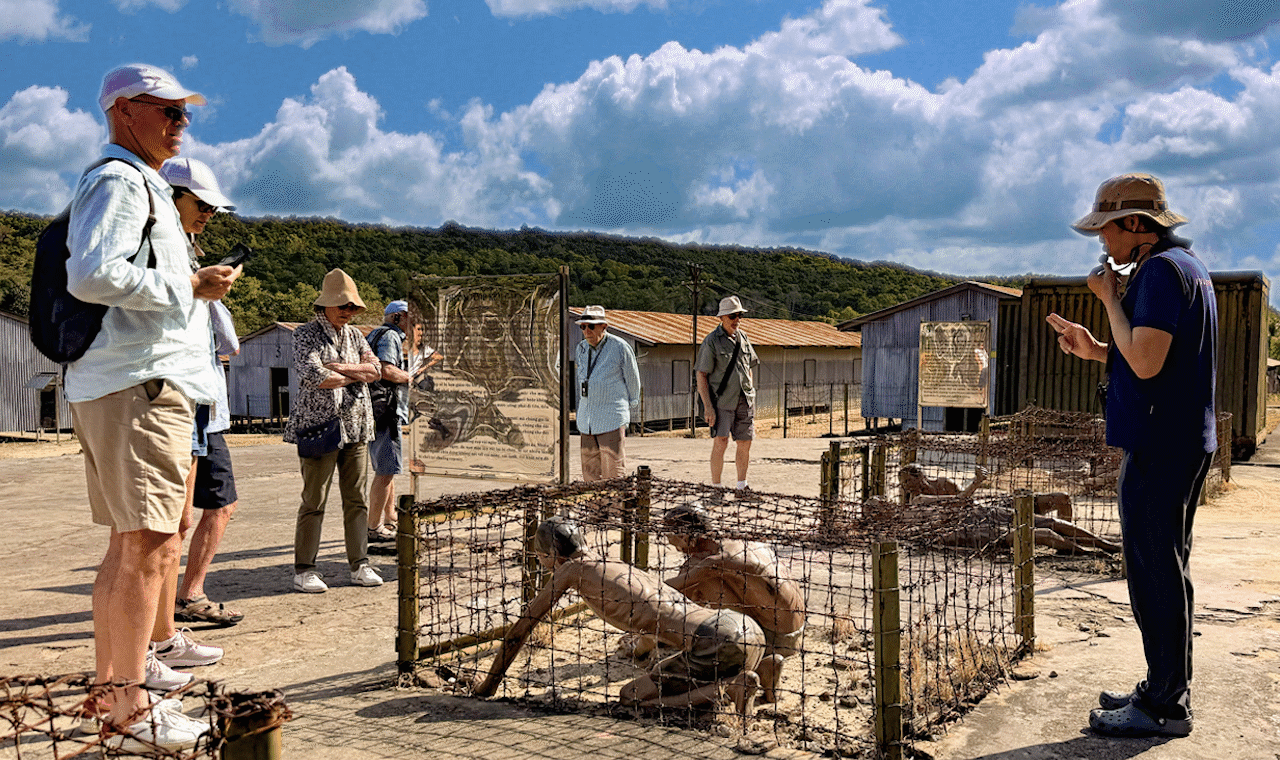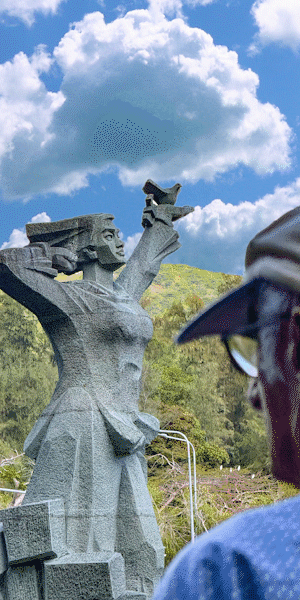TMG – From the windows of the seaplane, I take in gorgeous bird’s-eye views of stunning Halong Bay (Quang Ninh), making me feel like I was watching the opening of the blockbuster Kong: Skull Island which had scenes shot here in Halong. From above, Halong Bay is stunning, with magnificent seascapes of countless islands jutting out from the emerald water for a postcard-pretty scene.
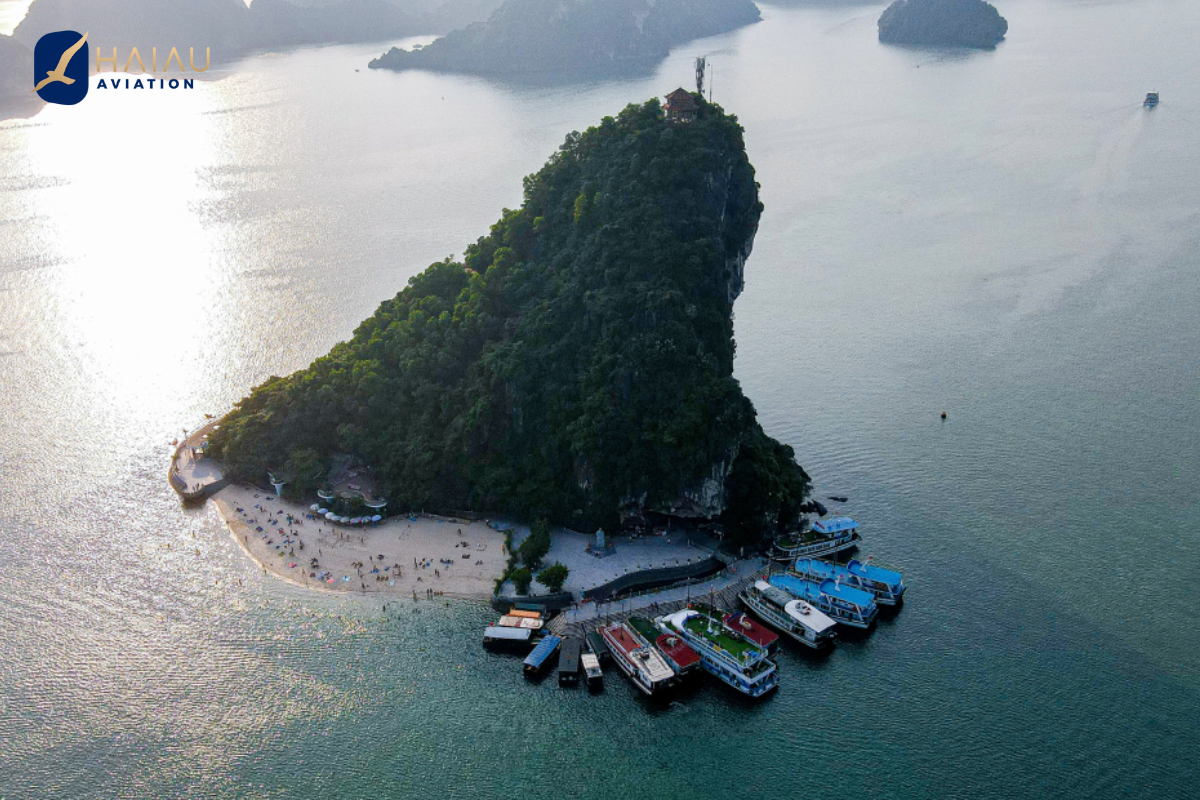
If you’ve seen Halong “horizontally” from a sightseeing boat or perhaps a sunrise or sunset cruise like so many other visitors to Quang Ninh, it’s time to experience seeing Halong Bay “vertically”, from a seaplane, for breathtaking overviews of the entire bay.
See Halong on a “vertical axis”
To have this new experience, I booked tickets a few days in advance with Hai Au Aviation Joint Stock Company (Hai Au Aviation), the only airline providing seaplane services in Vietnam.

Fortunately, it was clear and moderately sunny that day, ideal conditions for sightseeing by seaplane. After check-in at Hai Au Aviation’s representative office on Tuan Chau Island, we were welcomed aboard a Cessna Grand Caravan 208B-EX aircraft, tail number VN-B468. These aircraft are certified as the world’s largest single-engine aircraft and the safest when it comes to water landings. On board, there are two seats in front for the pilot and co-pilot and four rows of seats for 12 passengers. Before boarding the plane, Captain Nguyen Ba Hai, who has eight years’ experience flying seaplanes, briefed the crew on flight safety and scheduling.
After reminding passengers to comply with safety regulations, Captain Hai announced that the flight would commence and slowly taxi’d the seaplane out of the parking area, heading for the ramp on the bay. On regular flights, passengers are required to turn off electronic devices when taking off and landing, but on seaplanes, you’re free to keep them on to take photos and videos or to zoom in on the scenery. When the plane reached the water, we felt like we were sitting on a boat enjoying the beautiful scenery of Halong Bay.
Soon, the plane accelerated and began to take off, leaving white water behind us like a ship gliding across the sea. We all experienced a new sensation as we zoomed across the water with the mountains on both sides of us, instead of on a paved runway as with flights from Noi Bai or Tan Son Nhat airports. As the pilot skillfully took off from the water, we were all surprised at how much quieter the takeoff was compared to regular airplanes and the excitement started to build for the flight ahead. Everyone cheered as the plane glided over the water and began to rise.

As we gained altitude, the vastness of Halong Bay came into focus as we were able to get an overview of the entire seascape. From 300m above sea level, seascapes turned into colorful paintings. Thousands of islands rose from the sea, their limestone peaks glinting in the sun. Before this, I was only able to see images like these on a screen or via flycam, but now I was witnessing this amazing scenery with my very own eyes. I was able to take in the total majesty of Halong Bay from this unique vantage point from up high.
While the captain was in charge of flying, Co-pilot Hoang Trung Hieu introduced passengers to the locations along the flight path. The first island we saw was Hon Ga Choi, also known as Fighting Cock Islet, the symbol of Quang Ninh province. From above, the two rock formations appear as a cock and a hen facing each other, two giant birds which have found their way into countless poems and works of art.
The next point of attraction that Co-pilot Hieu introduced to us was Titov Island. The island is home to a white sand beach, shaped like a crescent moon on one side of the island, all surrounded by clear blue sea water, making the island a visual standout. Had we been traveling by boat, we certainly would not have been able to enjoy panoramic views of the entire island.
Continuing past Titov Island, Bai Tu Long Bay in the distance gradually came into focus. The closer we got towards the bay, the more clearly we were able to discern the thousands of large and small islands set against the blue-green sea. We were unable to take our eyes off of this magnificent seascape which looked like a masterful painting. In total, Vietnam has 2,779 islands; with 1,969 islands, Halong Bay accounts for two-thirds, of which 989 islands have names while the other 980 islands do not.
Equally fascinating when flying at an altitude of 300m were the clear, panoramic views of Cua Van and Vung Vieng fishing villages as they bobbed on the sea. Lined up along the foot of a mountain, the floating homes with fish pens underneath created pops of color, showcasing the rustic beauty of traditional coastal villages. The Cua Van fishing village was named one of the world’s top 16 most beautiful ancient villages by the Journeyetc.com tourism website in 2012 and from what we witnessed, the village of Cua Van is a can’t-miss sight in Halong Bay.
After about 25 minutes of flying around the bay, the plane gradually descended and landed again on the blue waters of Halong, much to the dismay of all. It seemed like one circuit around the bay simply wasn’t enough to take in all the wonderful scenery and unique views. Another highlight of the sightseeing flight is that passengers can snap photos of the plane before and after the flight, and even with the pilots.

Wingspan
In 1994, the core area of Halong Bay was recognized by UNESCO as a World Natural Heritage Site with aesthetic value, and was recognized for a second time for its outstanding geological and geomorphological value in 2000. In addition, along with Vietnam’s Nha Trang Bay and Lang Co Bay, Halong Bay is one of 29 bays ranked and officially recognized by the World’s Most Beautiful Bays Club in July 2003. So in reality, Halong Bay was already on the world radar long before the 2017 blockbuster movie Kong: Skull Island filmed in Vietnam. However, I was still impressed by one of the opening scenes of the movie where helicopters flying in formation were carrying US scientists and military personnel set to explore secret Skull Island. Surrounded by thunderstorms and lightning, the helicopters braved their way through a low pressure area, finally revealing a gorgeous view of many small islands – none other than Halong Bay.
In 2017, Kong: Skull Island was expected to attract additional international film projects to Vietnam, as well as be a spectacular promotion for Vietnam’s tourism industry.
Hai Au Aviation’s seaplane tours continue to fly high on Halong’s solitary seaplane. There are eight flights daily from 9:00 to 16:35. Passengers are advised to call ahead to make a reservation if they want to avoid the heat of the day or to catch the sunset over the bay.

So, like in the dramatic scene from Kong: Skull Island where helicopters navigated their way through a low-pressure area with thunderstorms and lightning before being treated to the stunning beauty of Halong Bay, we hope that more and more visitors will visit Vietnam and Quang Ninh for spectacular bird’s-eye views over Halong Bay.
Excerpted from Nhân Dân newspaper


